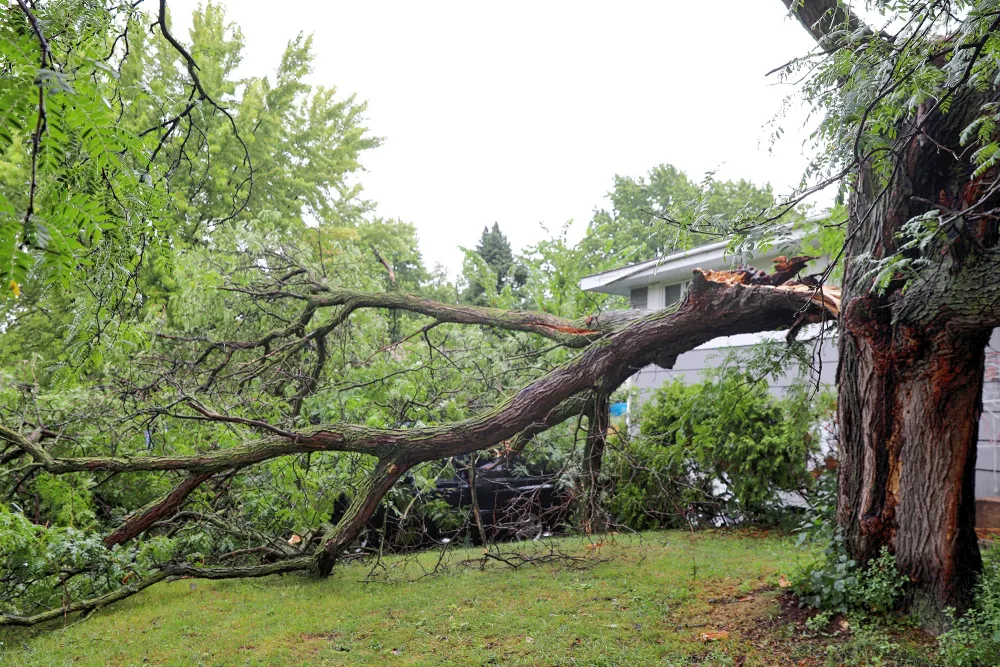Now live: The 2025 Canopy Report. Learn how Americans see trees. GET THE REPORT
Bulletin
Do Your Trees Pose a Risk?
The short answer to the question in the title is quite possibly, if your trees are over head high. But tree risk is not unlike the risk we take every day as soon as we get out of bed or when we cross a street. Tree risk is a combination of the probability of an event and the severity of its consequences. For tree owners, there are methods available to assess risk and make decisions accordingly.

We all know that trees provide tremendous benefits. We can also agree that no one wants trees to damage property or hurt people.
Tree risk assessment provides a way to minimize the chances that community or privately owned trees will cause harm. There are now practices and guidelines available for use in making sound decisions about any tree. The result can help prevent accidents and the unnecessary removal of trees.
According to the American National Standards Institute, tree risk assessment is systematic risk identification, analysis, and evaluation. There are two ways to go about this. Quantitative methods assign data-based numbers to derive probabilities for events and consequences, something that is often not yet possible with a great deal of certainty. The other, described in the following pages, is qualitative — the use of descriptive categories to help the tree inspector arrive at a risk rating.
There are various applications of these methods currently in use, but the one followed in this bulletin is based on the International Society of Arboriculture’s Best Management Practices, 2nd Edition by E. Thomas Smiley, Nelda Metheny, and Sharon Lilly.
The intent in this bulletin is to make readers aware of the concepts and one method of tree risk assessment. While this may help any tree owner improve tree safety, it should be emphasized that formal tree risk assessment should be done by certified arborists who have received advanced training in this important subject.
In This Bulletin
Here’s what’s inside:
- Starting with Basic Decisions – determining the frequency and level of tree risk assessment needed
- Categorizing Tree Risk – three important factors to consider
- Searching for Problems – things to look for when assessing your tree
- Hazard Tree Removal – Not So Fast! – other options to consider when addressing hazard trees
